Effectiveness of Nanotechnology in Cardiovascular Disease Research
VerifiedAdded on 2022/10/15
|24
|3115
|145
Project
AI Summary
This research proposal investigates the effectiveness of nanotechnology in the prevention, diagnosis, and treatment of cardiovascular diseases. The introduction highlights the rising prevalence of cardiovascular complications and the potential of nanotechnology as an innovative intervention. The proposal outlines the rationale for the research, emphasizing the limitations of traditional interventions and the need for new approaches. The methodology includes a quantitative, retrospective, cross-sectional research design using surveys of health professionals and data analysis to assess the impact of nanotechnology on mortality rates and quality of life. The study aims to explore current trends, opinions, and standards among health professionals, as well as to develop training frameworks and standards for the safe and effective use of nanomedicine in treating cardiovascular diseases. References to relevant literature support the proposal's foundation and methodology.
1 out of 24
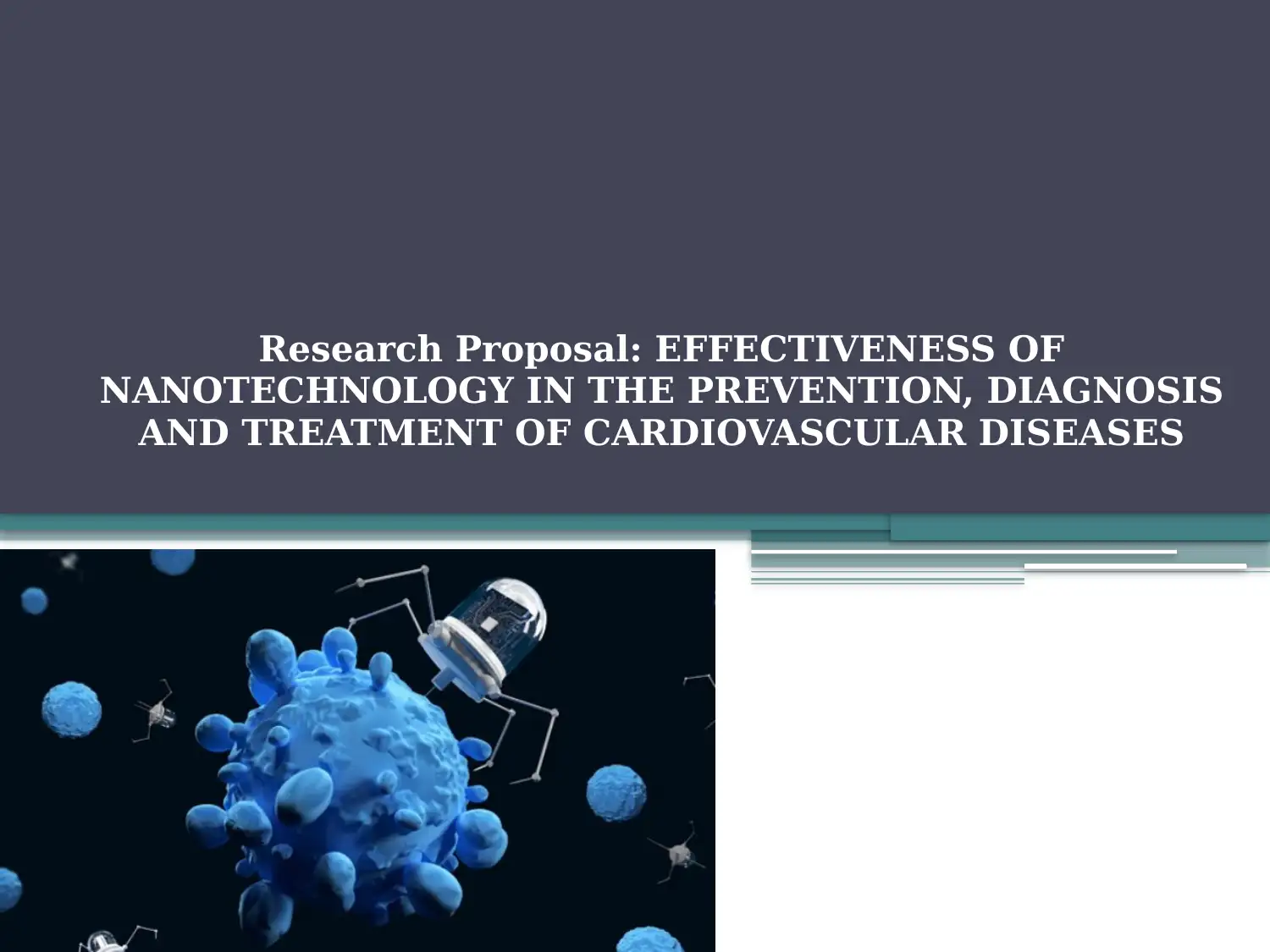
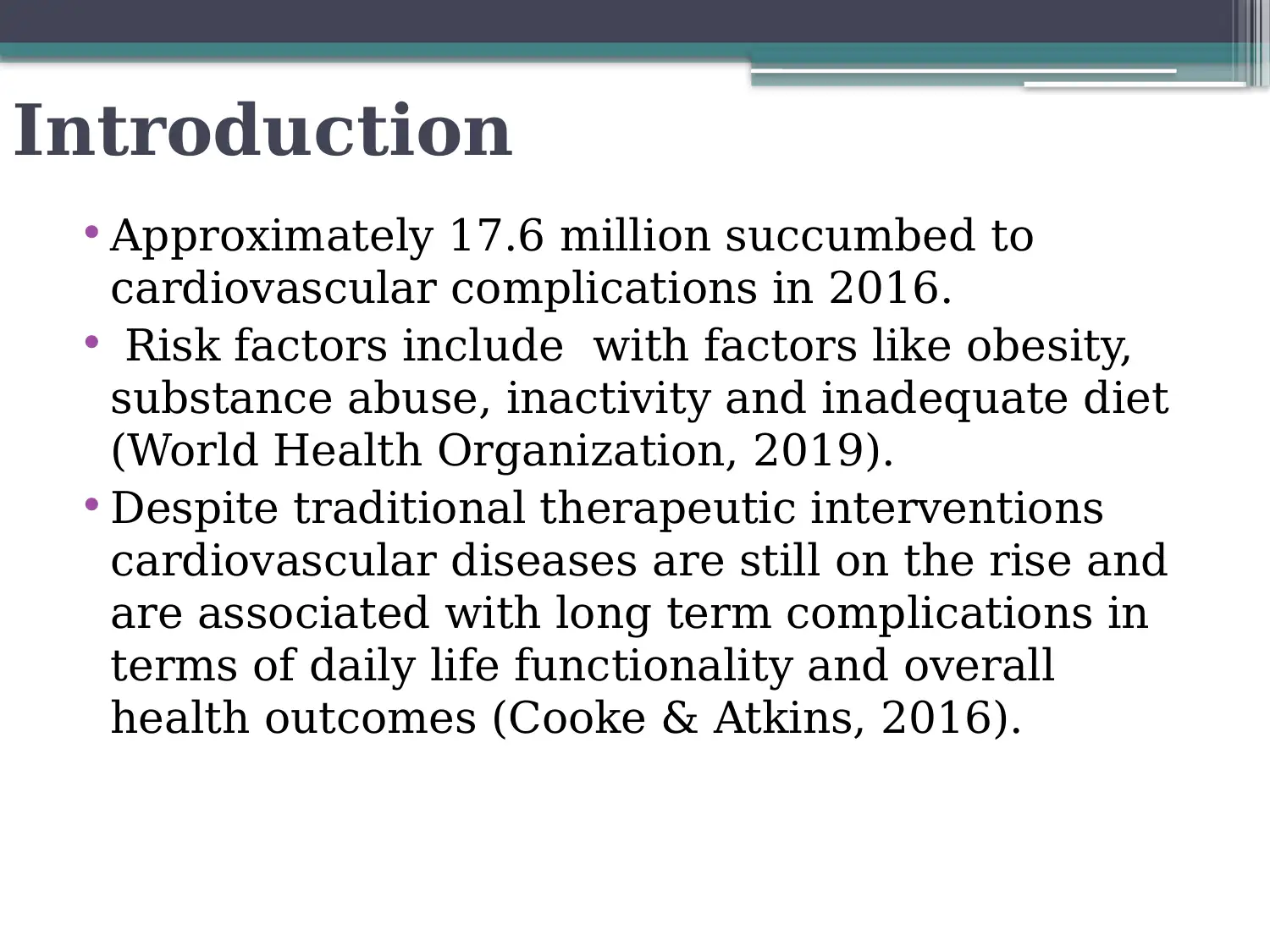
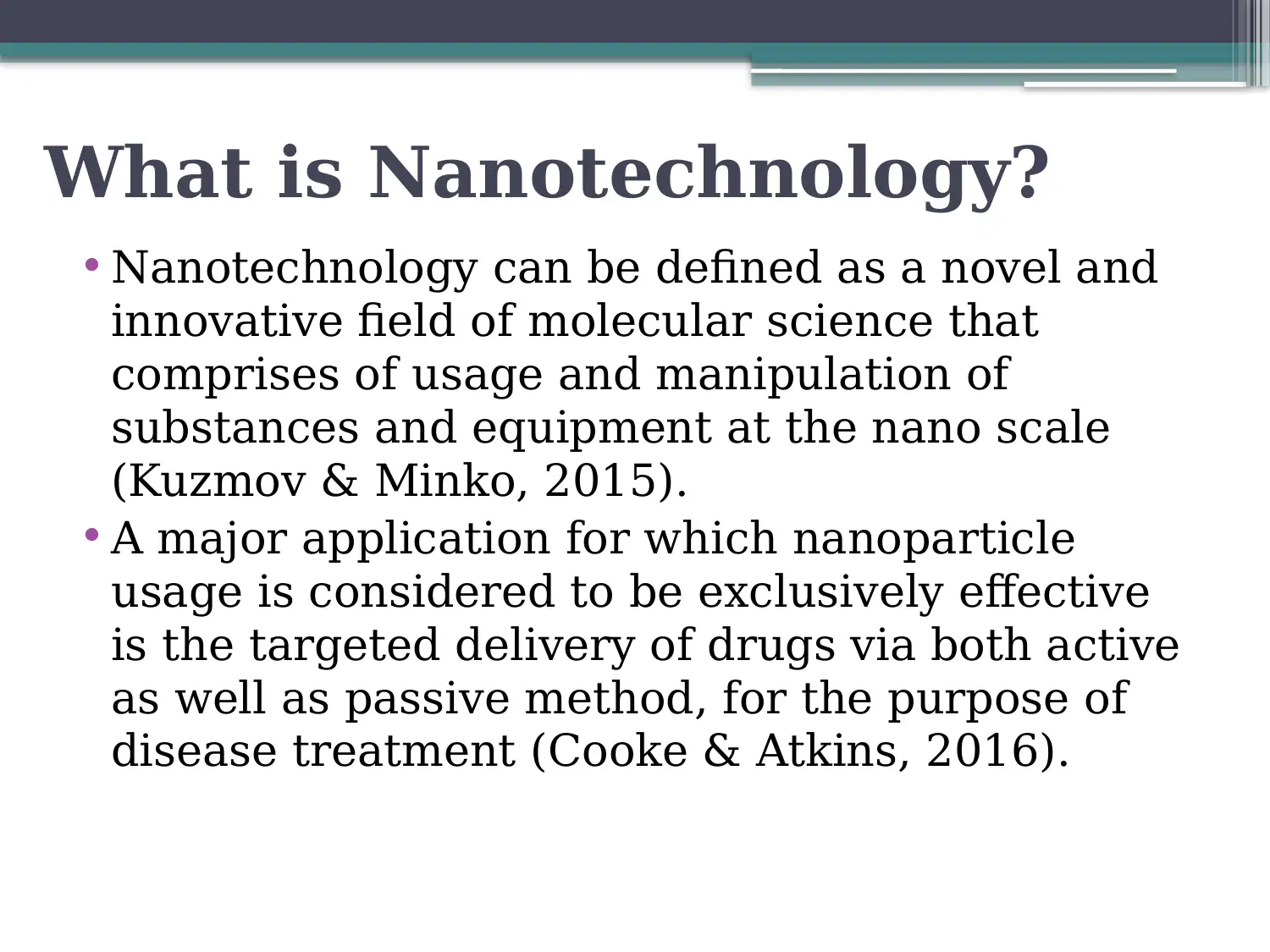

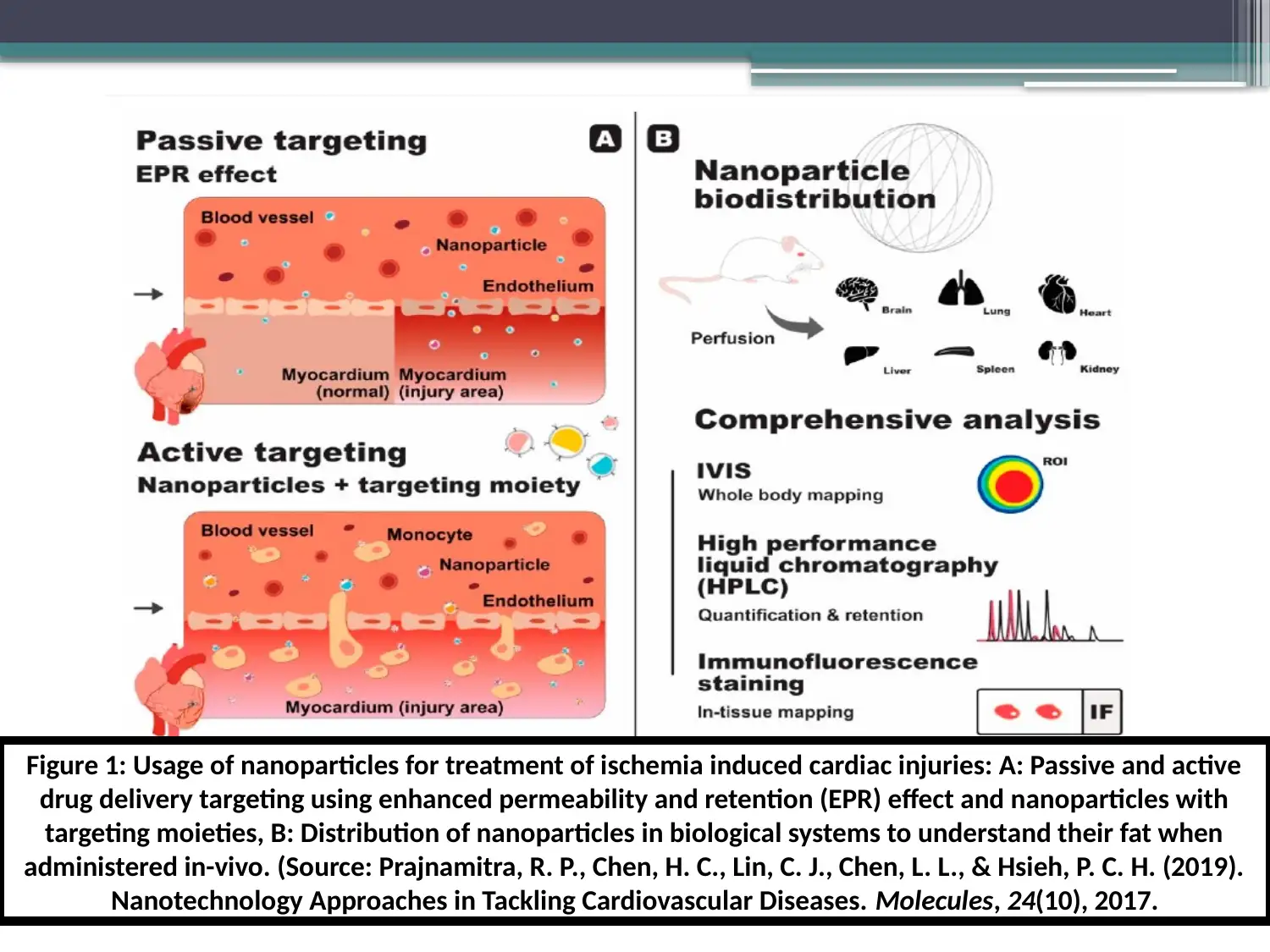
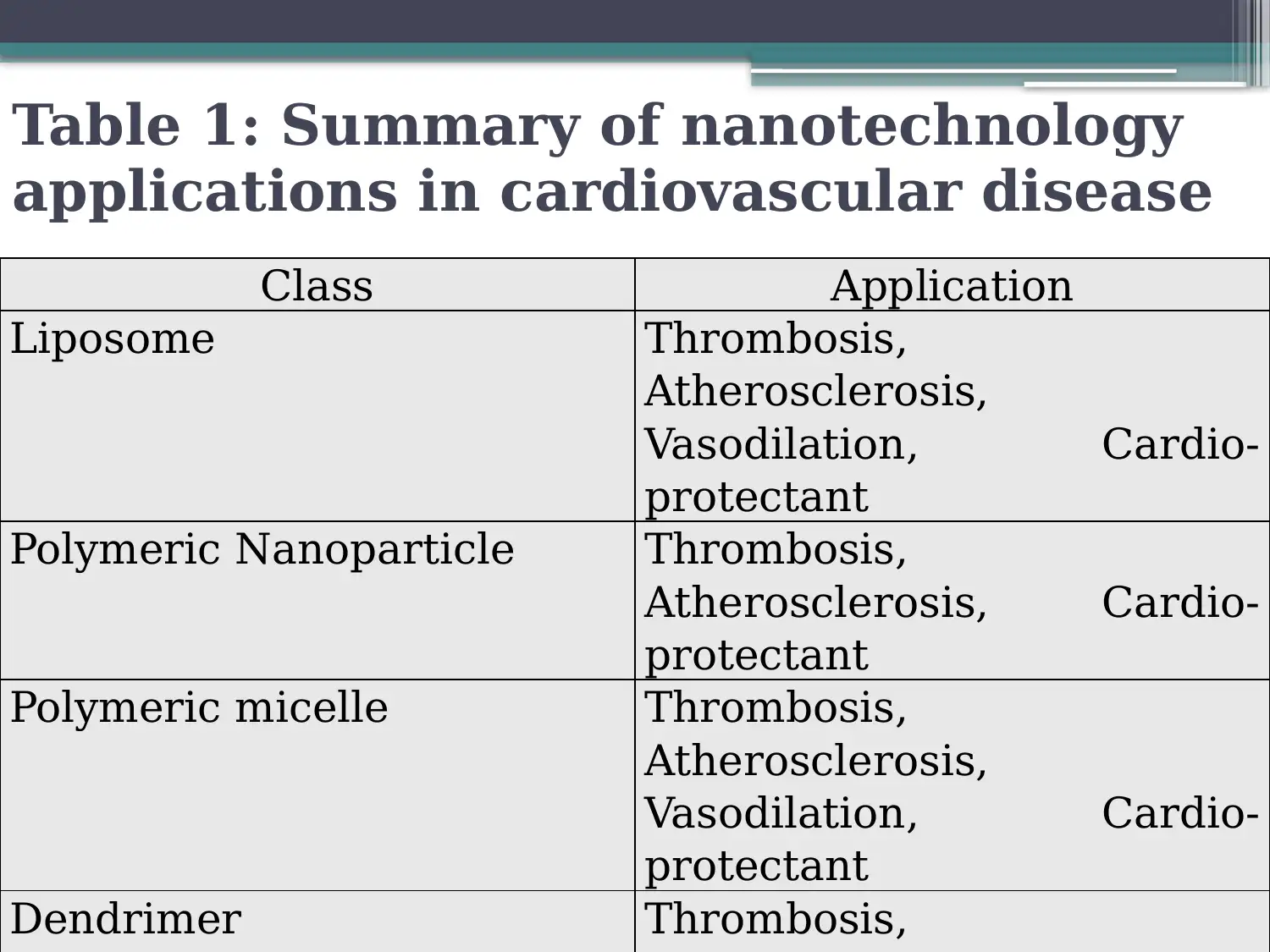
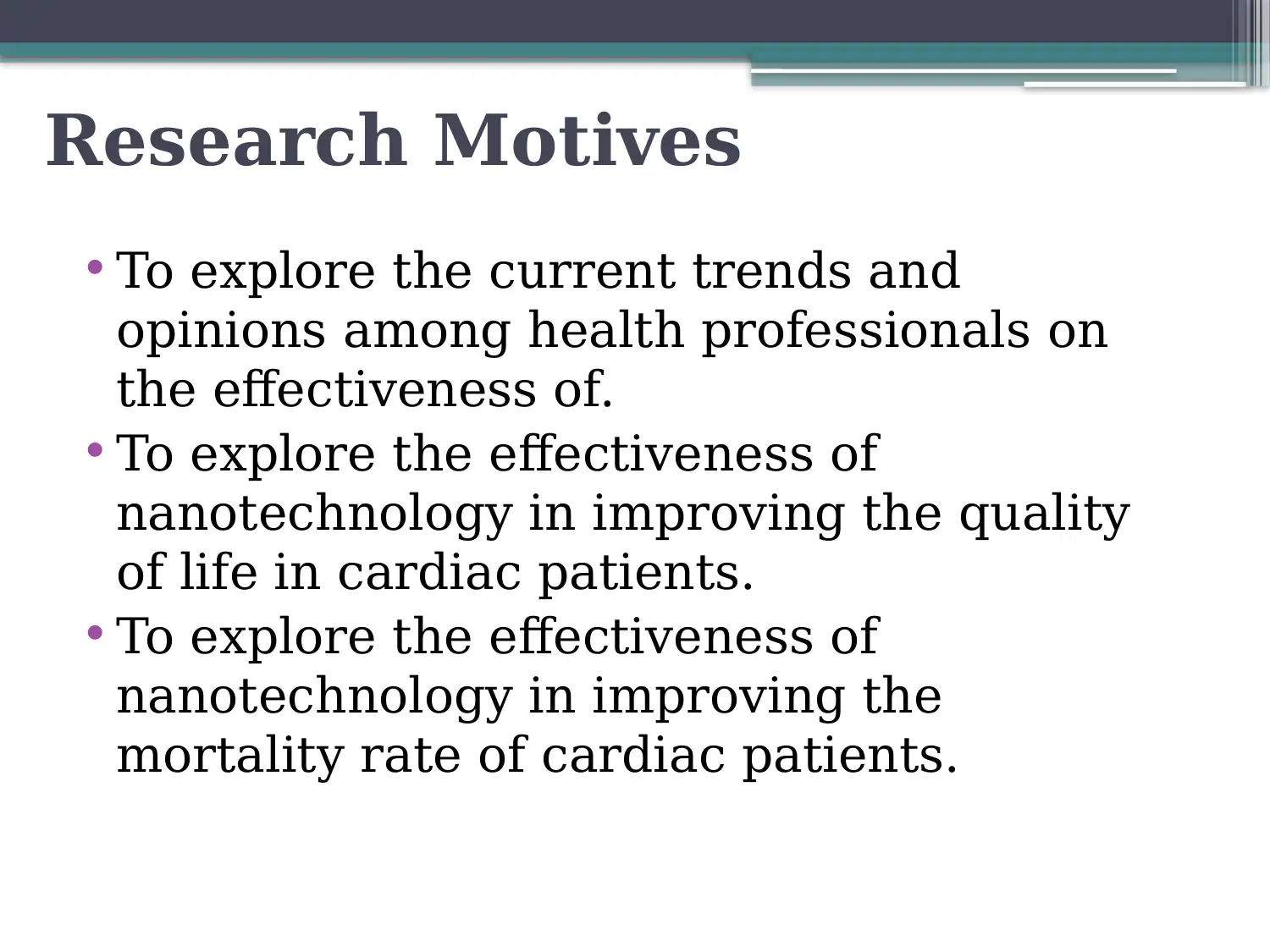
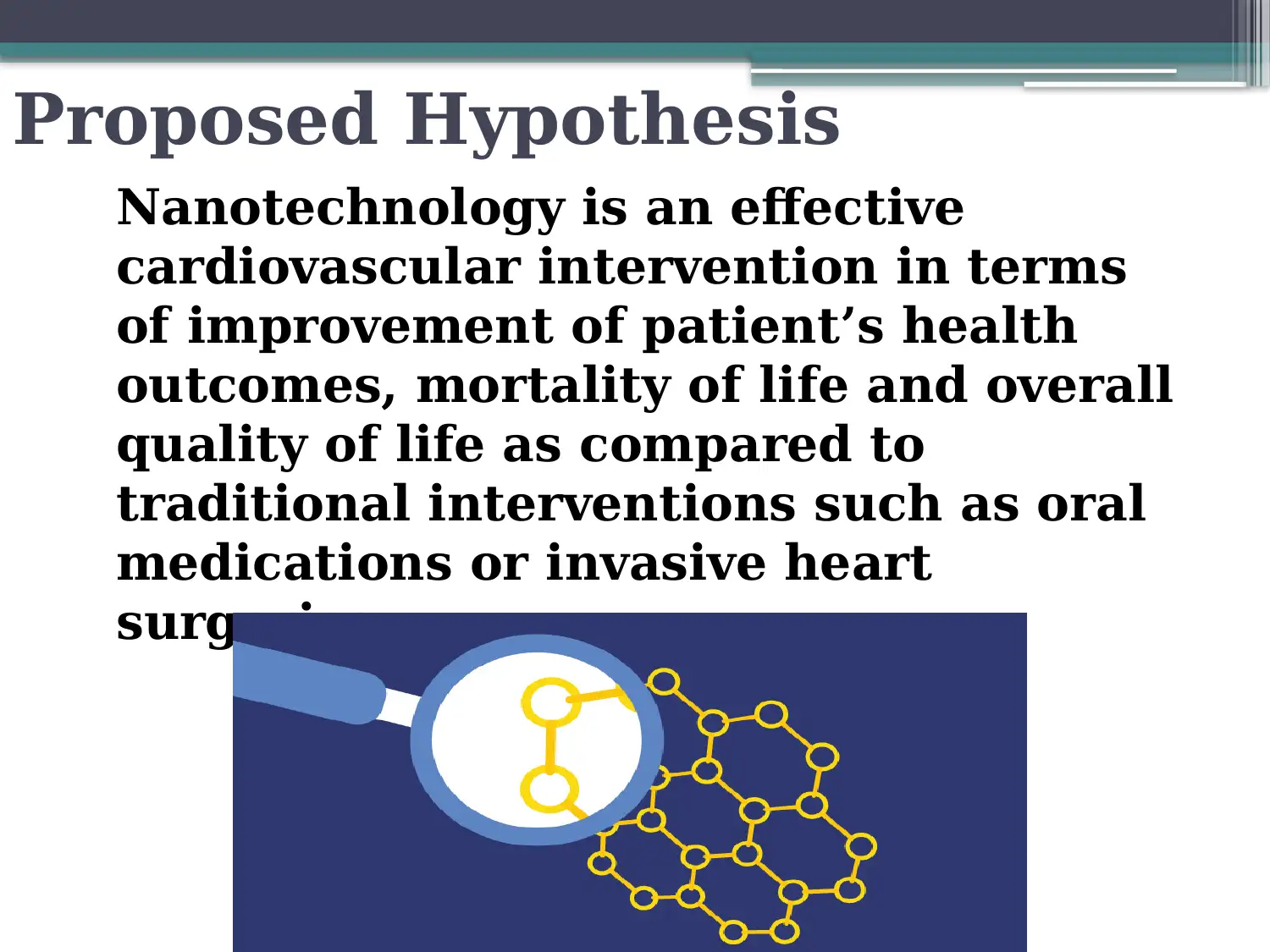
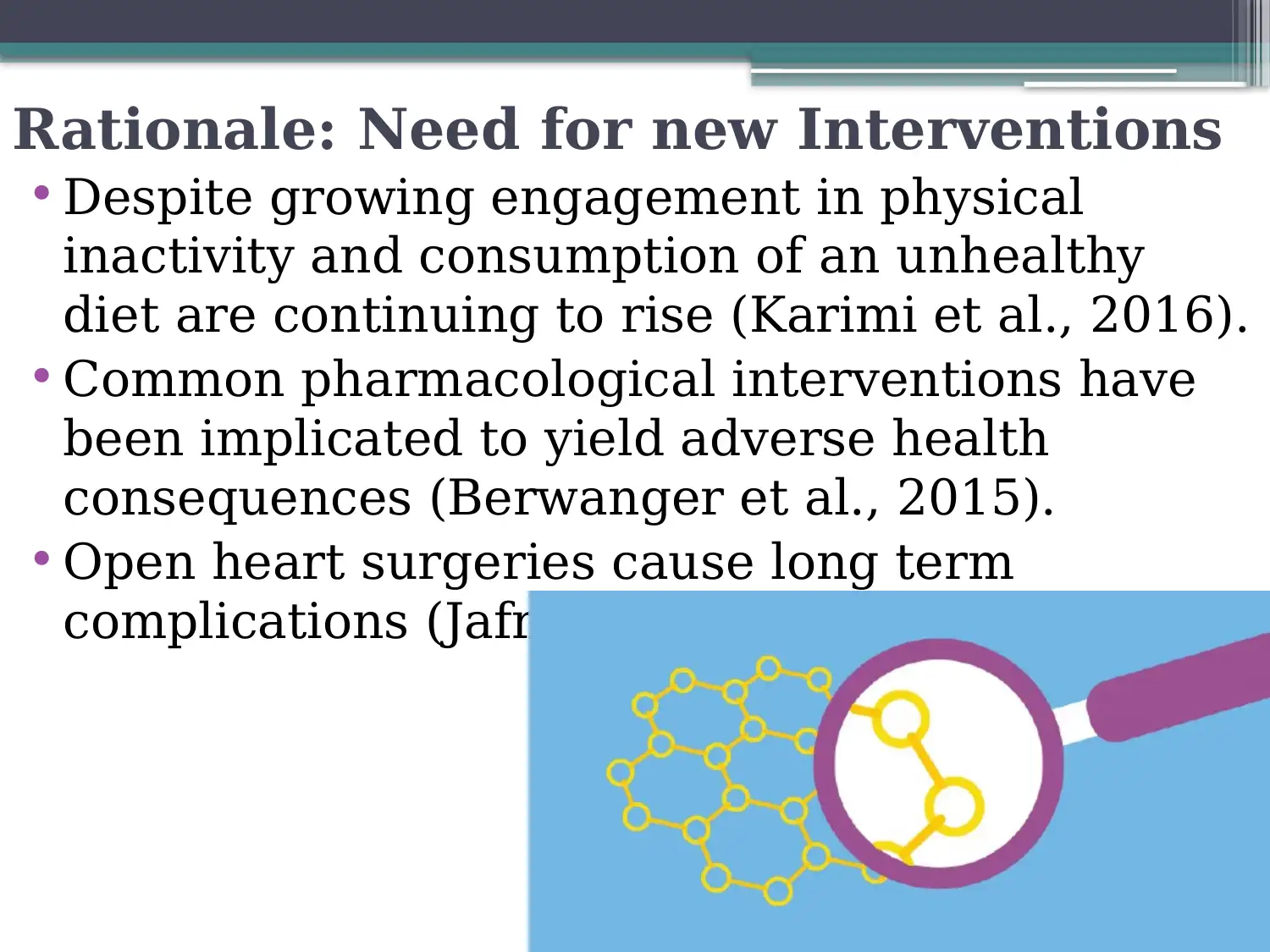
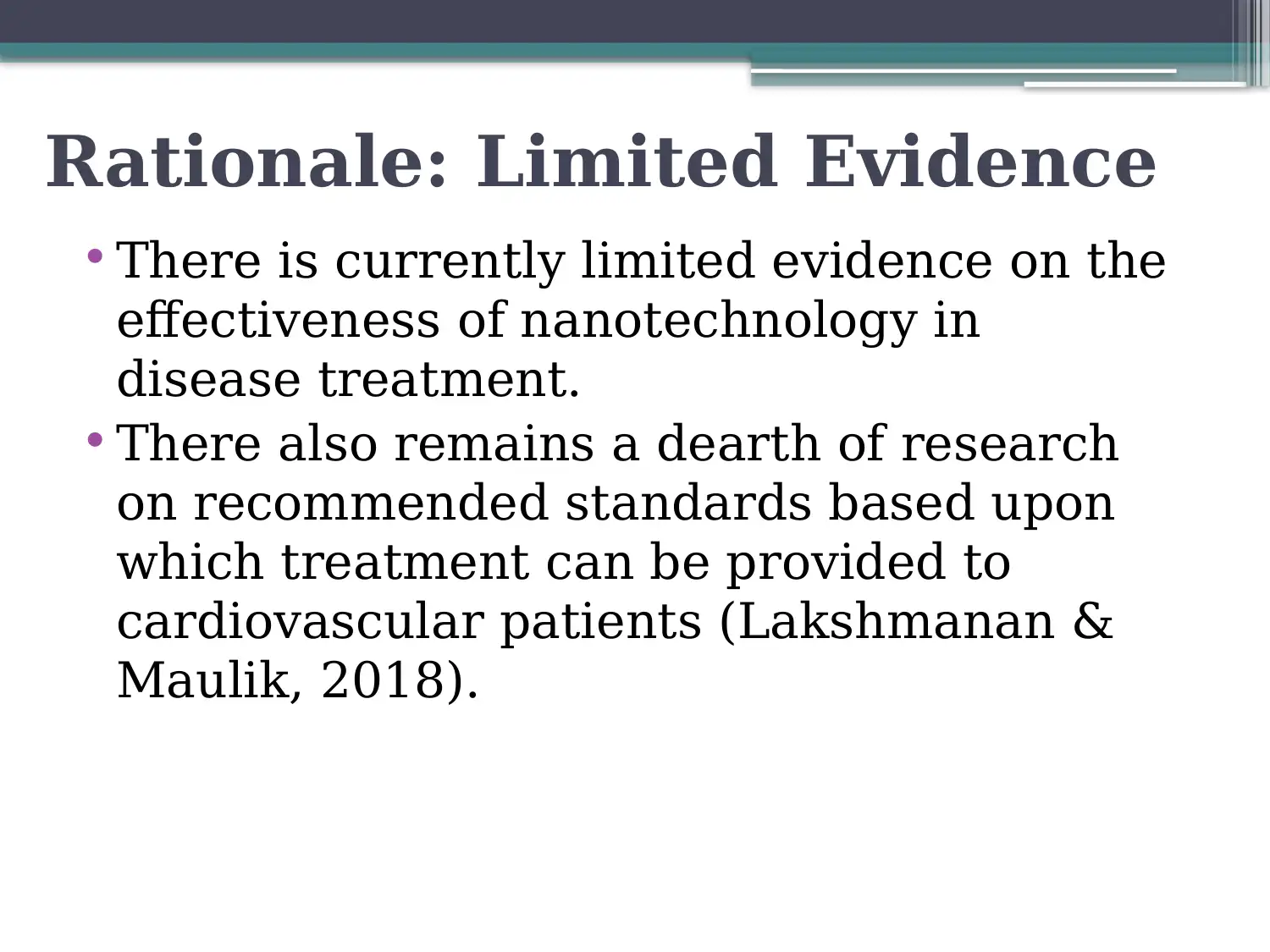
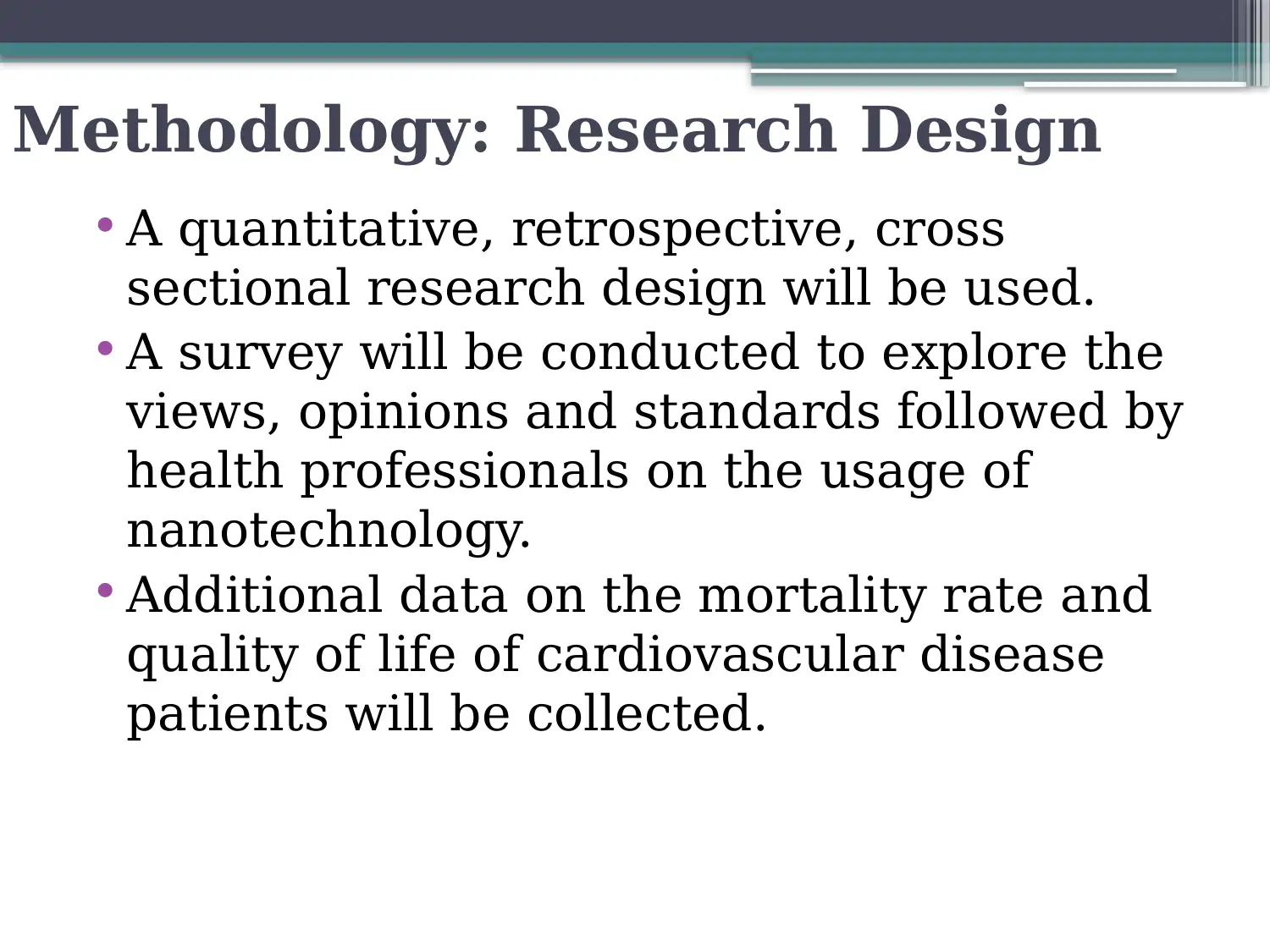
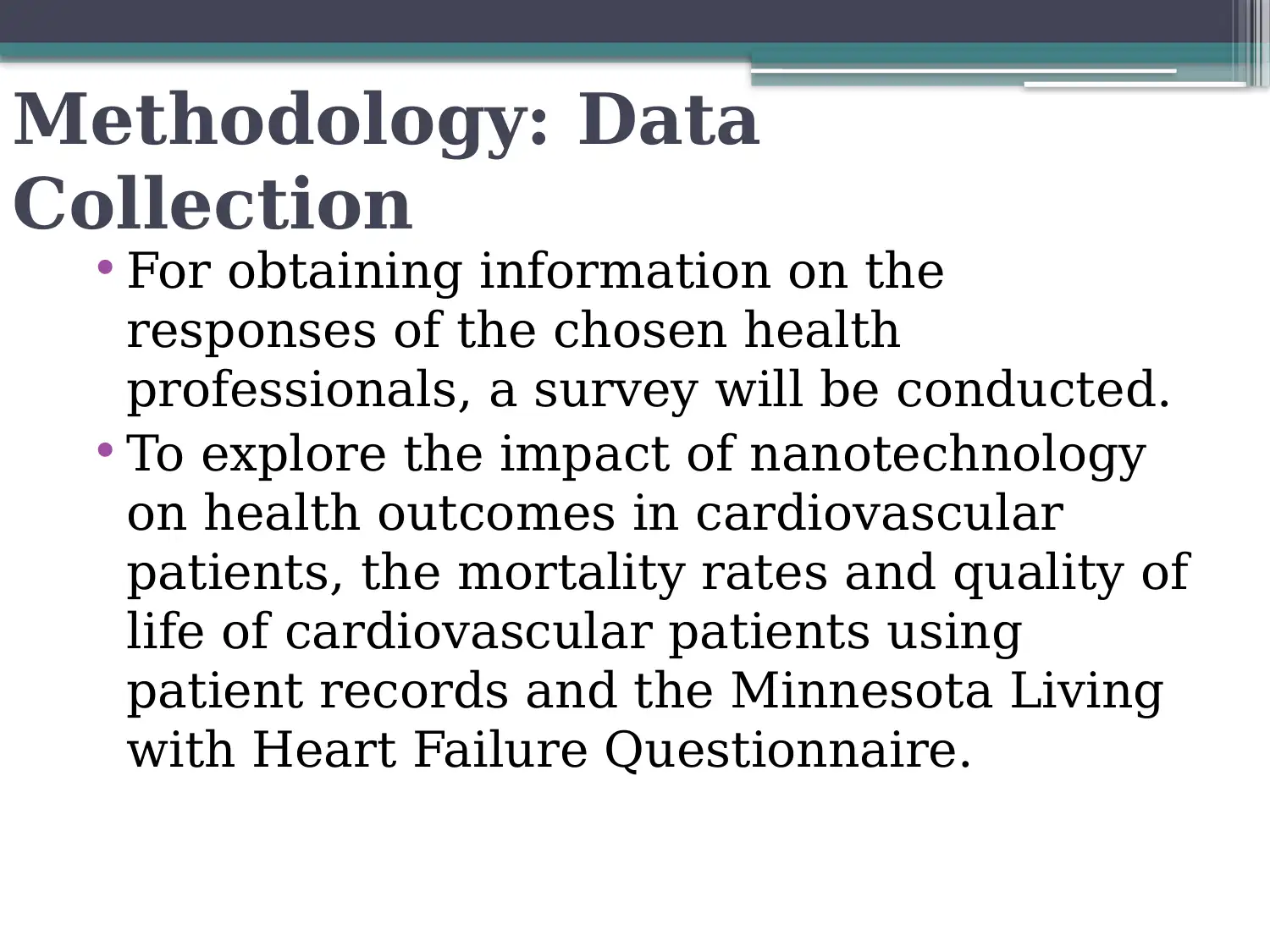
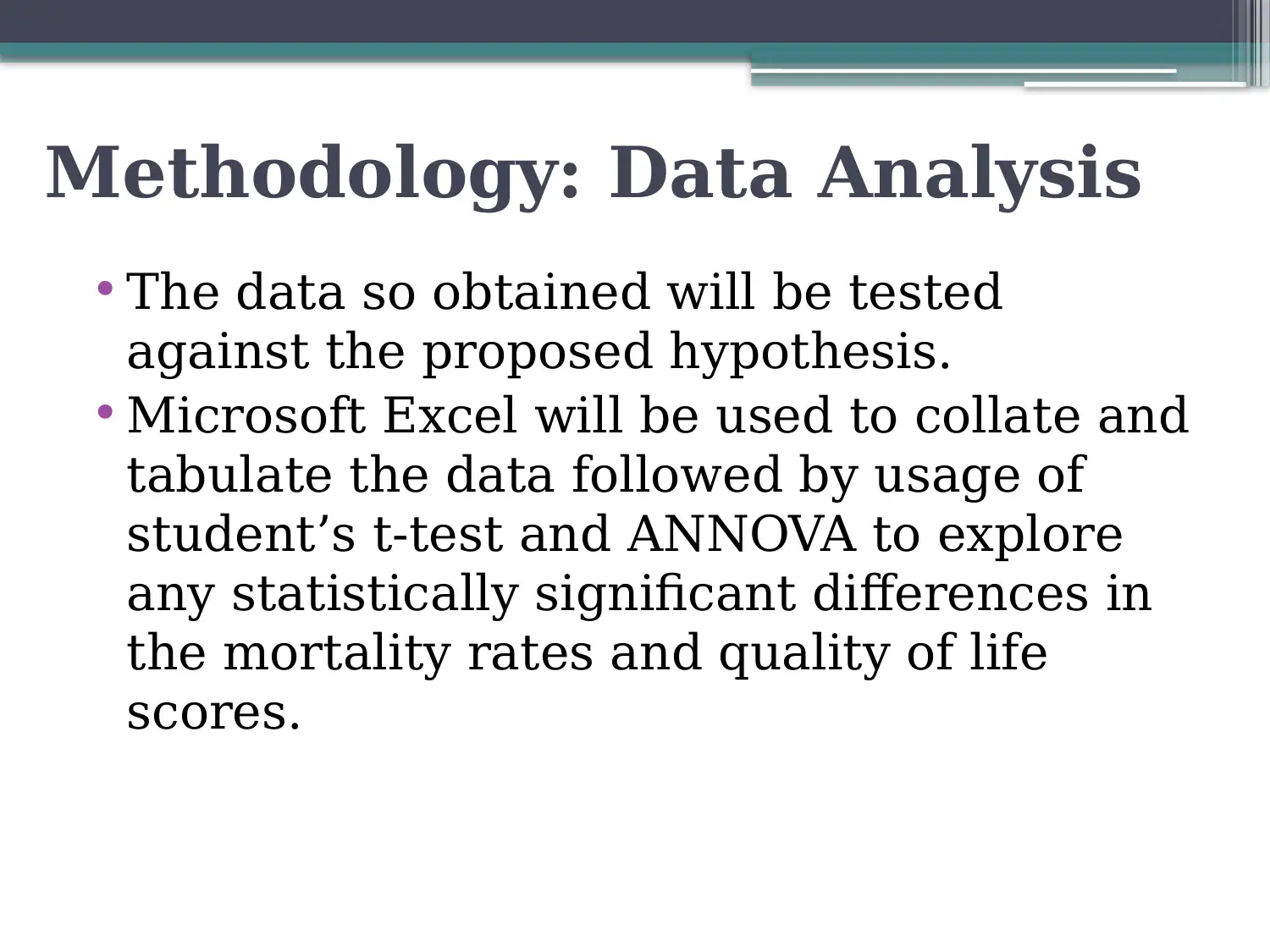






![[object Object]](/_next/static/media/star-bottom.7253800d.svg)